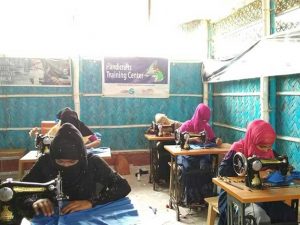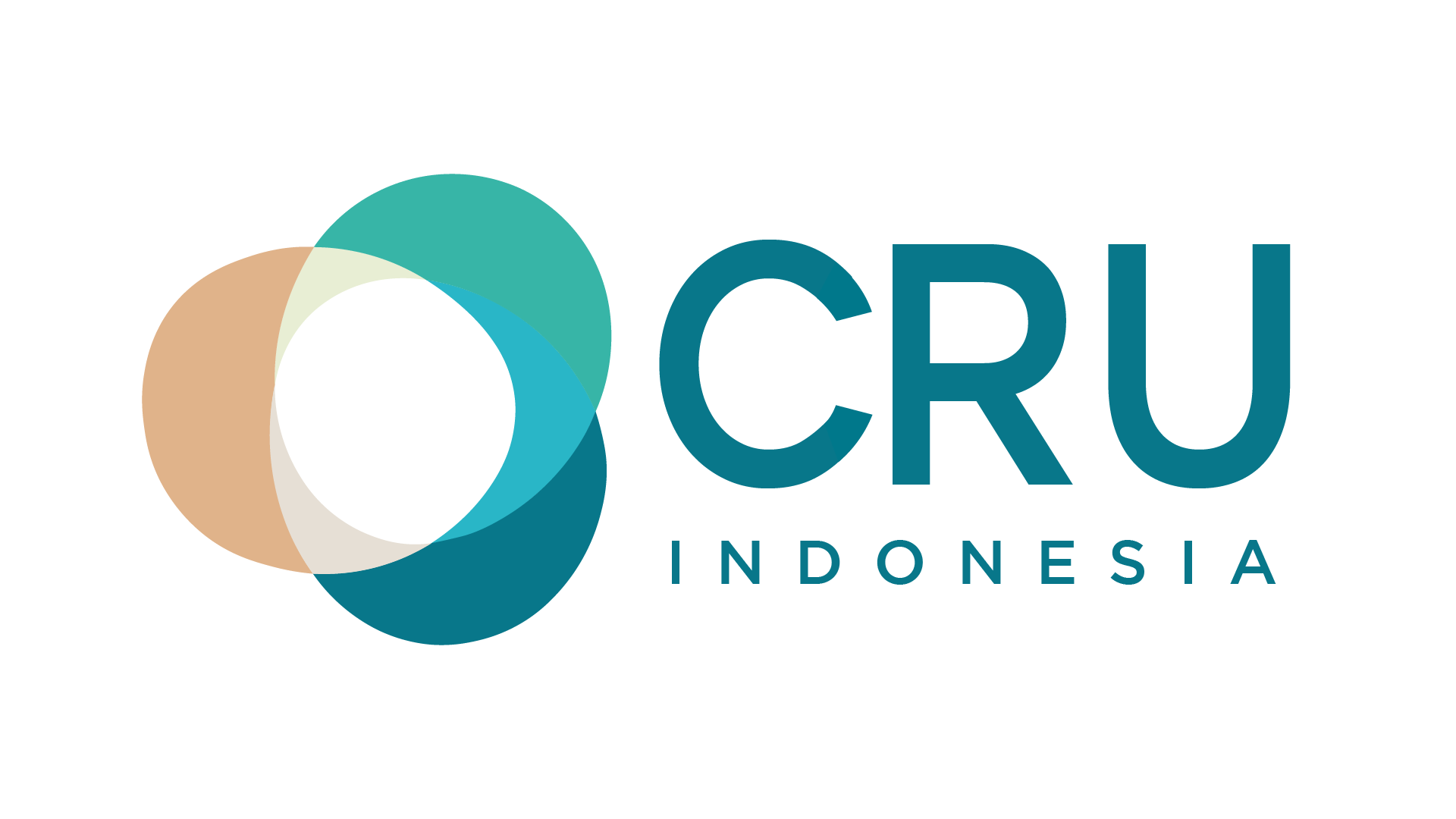Reversing the Rohingya Crisis: One Woman at a Time
 17 November 2020
17 November 2020

Female Training at centers. Credit: Bidyanondo Foundation
By Fairuz Ahmed
NEW YORK, Nov 16 2020 (IPS)
“This is a crisis without a quick fix that could take years to resolve unless there are concerted efforts to address its root causes”, says Manuel Fontaine, UNICEF Director of Emergency Programmes.
The Rohingya refugee crisis is among the largest and fastest-growing displacement of people in recent history. Since August 2017, close to a million Rohingya refugees have fled Myanmar and taken refuge in Bangladesh. The Rohingyas are “one of, if not the most discriminated people in the world” said the United Nations Secretary-General Antonio Guterres.
Flooding into Cox’s Bazar district in Bangladesh, the Rohingya refugees joined more than 200,000 of others who had fled years before. Today, about 860,000 stateless Rohingya refugees live in the world’s largest and most densely populated refugee camp, Kutupalong. Of the near one million refugees that Bangladesh is currently hosting, about half of them are children.
A stateless Muslim minority in Myanmar, the Rohingyas represents the largest percentage of Muslims in that country, with the majority living in the Rakhine region.
Shipra Das (40), one of the founding members and General Secretary of Bidyanondo Foundation said to IPS: “The Rohingya camp is the biggest refugee camp in the world. Approximately 1.1 million people live here. Among them, more than 10.000 women are pregnant – the majority of them being rape victims. These women give birth in the poverty-stricken refugee settlements in Bangladesh.” Das informed IPS that they have been working on empowering women with knowledge and expertise and added “we have tried to bridge the gap in gender inequality, lessen gender-based violence, and ease the pre-existing mindset. The journey was not easy and help was not accepted by them easily.”
According to Das, the major challenges they faced while working with the Rohingya women in the camps were trust factors, female work seen as a taboo and heightened religious decrees and backlash.

Children at the centers. Credit: Bidyanondo Foundation
Das and her team predominantly work with women and children. They first started their work in the camps by distributing food. Despite threats from local lords, they continued with food distribution.
“During the time of food distribution, I advised our team to go door to door. We saw that other Foundations were distributing food in the field. The elderly, women, and children were left out and could not fight to receive food. The mothers in households were happy to see their children receive food. Gradually the male household members also started to react in a positive manner” said Das.
The next step after the food distribution project was to launch an educational project. “In 2018, we established a handicraft center in the Jamtoli Rohingya camp-15,” Das remarked.
The women in camp-15 are trained in making handicrafts, clothing, PPE, face masks, and more. The training centers are situated in safe zones and women receiving training belong to a diverse age range. The trainees include rape victims, pregnant women, widows, divorcees, and young ones.
A trainee and now an earning member Fatima (24) said to IPS: “I was beaten and bruised. I used to hide my face and miss training because my husband did not want me to go out of the house. But then he fell ill and we were all going hungry. Now I have completed my training course. The weekly groceries are done with the money that I earn from the Bidyanondo centers. Seeing me, a few other women joined the training, and our children are receiving education now.”
The Secretary-General of the Bidyanondo Foundation commented that being the first woman to volunteer and run a female-led branch, she feels immense pride and a sense of achievement. Seeing other women, including the Rohingya refugee women, breaking the barriers and making a living gives her much needed drive to carry on.
The training centers have helped make hundreds of Rohingya women financially independent. All of the proceeds – 100% – earned from the centers are handed over to them.
The women in these Rohingya camps face harsh environments and relentless pressure due to families being displaced which has led to restlessness and violence. Despite the challenges, still, the women are working as frontline workers to sustain their families and communities. If these women can gradually be trained and learn to earn a living and their children are able to receive basic education, then slowly they can pull themselves out of poverty.
The post Reversing the Rohingya Crisis: One Woman at a Time appeared first on Inter Press Service.
